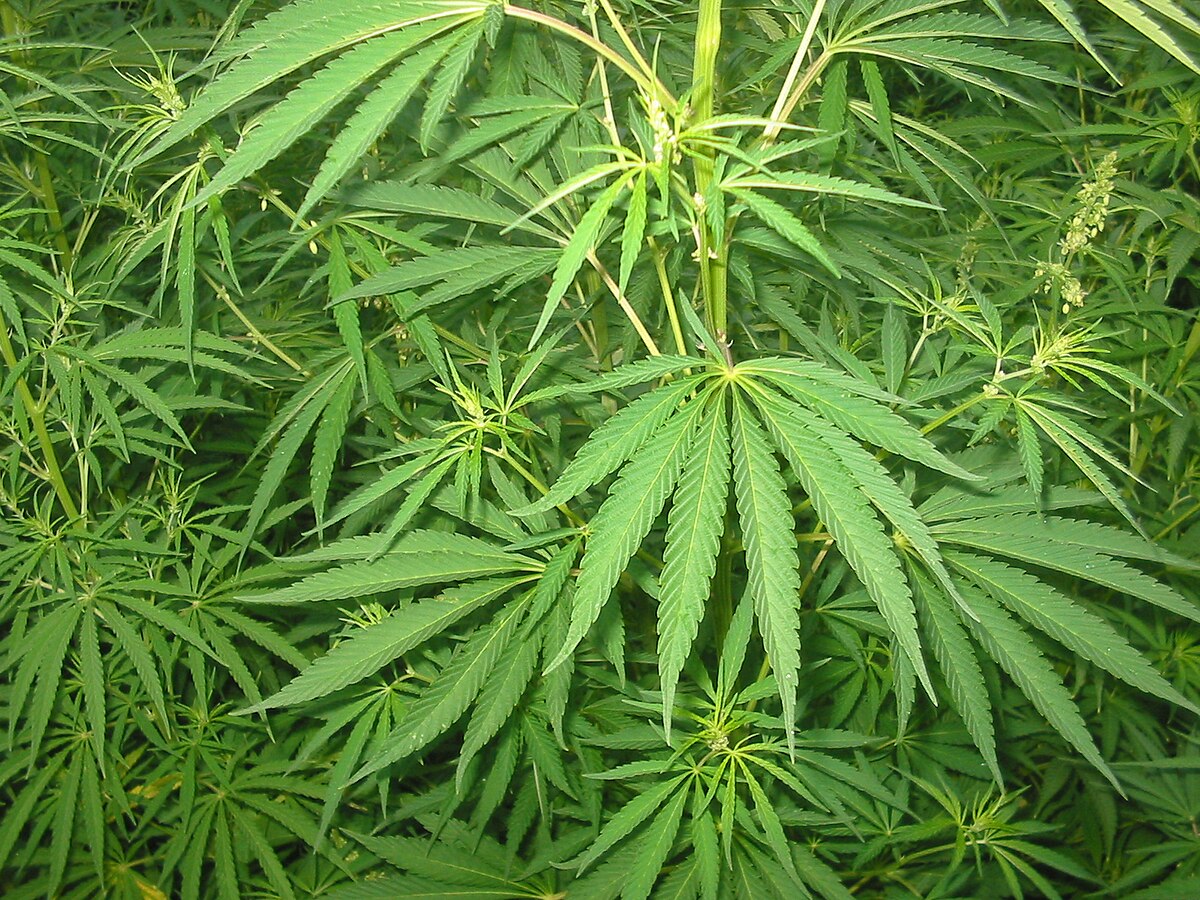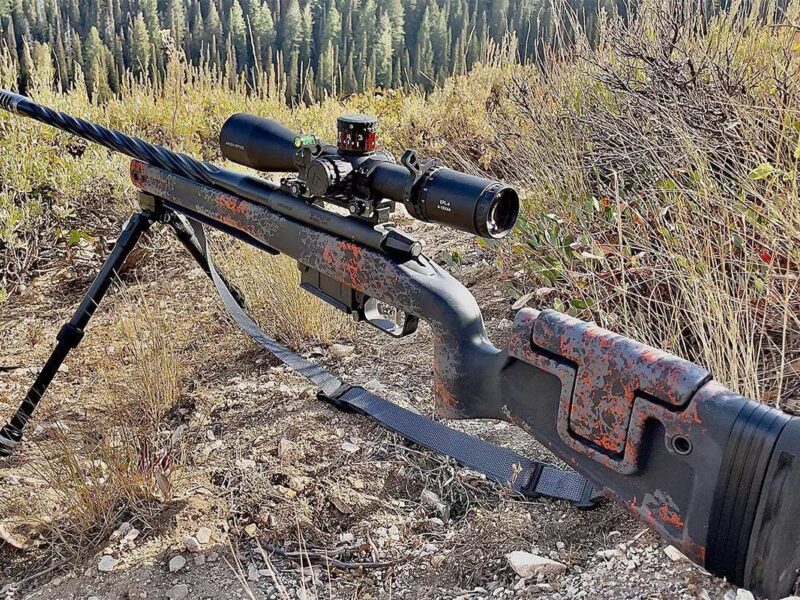Most cannabis growing problems start before seeds even germinate. Someone gets excited about growing, buys seeds and basic equipment, sets everything up quickly, and starts plants without thinking through important details. Then issues appear that could have been prevented with better planning. The space isn’t quite right. The equipment doesn’t match the setup. The chosen strains don’t suit the conditions. These problems are fixable but create unnecessary stress and reduce results.
Taking time to plan properly before starting saves money, prevents frustration, and produces better outcomes. This doesn’t mean obsessing over every detail or waiting until everything is perfect. It means thinking through key decisions that affect the entire grow and making informed choices rather than guessing or assuming things will work out.
The planning process isn’t complicated, but it does require honest assessment of available resources, realistic expectations about what’s achievable, and willingness to do some research before spending money. The few hours invested in planning pay off through months of smoother growing with fewer expensive mistakes.
Location and Space Assessment
Where cannabis gets grown determines almost everything else about the grow. Indoor versus outdoor, available space dimensions, access to power and water, temperature control options, privacy concerns—all these factors shape what’s possible and what approach makes sense.
The mistake people make is choosing a location based on convenience without considering whether it’s actually suitable. That spare closet seems perfect until realizing it has no ventilation and gets too hot. The garage has space but freezes in winter. The backyard offers natural light but exposes plants to neighbors.
Honest space assessment means measuring actual dimensions, checking environmental conditions throughout different times of day and seasons, identifying potential problems, and understanding limitations. A space that’s 3 feet by 3 feet can’t accommodate a 6-foot-tall plant. A location without adequate air circulation will struggle with heat and humidity regardless of equipment.
Privacy and security matter too. Growing cannabis requires discretion in most places. Spaces visible to neighbors or accessible to others create risks. Locations where odor can’t be controlled cause problems. These considerations affect whether a space works regardless of its physical suitability.
Genetics Selection Based on Reality
Choosing seeds before understanding growing conditions leads to mismatches between plant needs and what the space can provide. Some strains grow tall and need lots of vertical space. Others stay compact. Some tolerate temperature fluctuations. Others require precise conditions. Some finish in 8 weeks. Others need 12 or more.
The selection process should start with understanding space limitations, available growing time, and realistic skill level. Then choose genetics that match those parameters rather than just picking strains based on THC percentage or interesting names. A strain that sounds amazing but grows 8 feet tall won’t work in a 5-foot space regardless of how appealing it seems.
For growers ready to begin their setup, the decision to Buy Cannabis Seeds should come after determining which strain characteristics suit the planned growing conditions—whether that means compact autoflowers for limited space, fast-finishing varieties for short growing seasons, or hardy genetics for beginners still learning environmental control.
Feminized seeds make sense for most growers because they eliminate the need to identify and remove male plants. Autoflowering varieties work well for beginners or limited spaces because they don’t require light schedule changes to flower. Regular photoperiod strains offer more control but demand more knowledge. Understanding these differences and choosing appropriately prevents problems before they start.
Equipment Planning and Budget Reality
Equipment needs depend entirely on growing approach and scale. Someone growing one plant in a small tent needs different gear than someone filling a spare bedroom with multiple plants. Planning equipment purchases based on actual needs rather than aspirational goals prevents overspending on unnecessary items.
The core equipment list includes lighting adequate for the space, ventilation to control temperature and humidity, growing containers, growing medium, nutrients, and pH testing equipment. Everything else—CO2 systems, elaborate monitoring setups, premium nutrient lines—can wait until basics are mastered.
Lighting deserves particular attention because inadequate lights doom grows from the start. LED, HPS, and fluorescent options all work but differ in efficiency, heat output, and cost. Choosing appropriate lighting for the space size and budget requires understanding actual power needs rather than just buying the cheapest option available.
Ventilation often gets underestimated. Indoor grows generate heat and humidity that must be managed. Without adequate air exchange, temperatures climb and humidity rises regardless of other equipment. Planning for proper exhaust fans, ducting, and potentially intake fans prevents environmental problems that plague poorly ventilated spaces.
Budget planning should account for ongoing costs beyond initial equipment. Electricity for lights and ventilation, nutrients for feeding, growing medium replacements, and occasional equipment failures all require money throughout the grow. Understanding total costs rather than just setup expenses provides realistic expectations about whether growing makes financial sense.
Timeline and Schedule Considerations
Cannabis grows take time—usually 3-6 months from seed to harvest depending on strain and method. Planning requires understanding this timeline and having realistic expectations about when results will appear. Someone hoping for quick harvests in 6 weeks will be disappointed. Someone planning for 4-5 months can budget time and money appropriately.
The grow timeline includes germination (few days to a week), vegetative growth (3-8 weeks), flowering (6-12 weeks depending on strain), and drying/curing (2-4 weeks). Each stage has specific needs. Planning means understanding these requirements and being prepared to provide them rather than figuring things out as problems appear.
Seasonal considerations matter for outdoor and some indoor grows. Starting seeds at the wrong time of year creates problems. Outdoor grows depend on natural light cycles and weather patterns. Even indoor grows work better when aligned with seasonal temperature patterns that affect heating and cooling costs.
Time availability matters too. Cannabis plants need regular attention. Daily watering checks, environmental monitoring, training, and problem-solving all require time. Someone with unpredictable work schedules or frequent travel might struggle to provide consistent care. Planning means honestly assessing whether adequate time is available before committing to a grow.
Legal and Safety Planning
Cannabis legality varies by location and situation. Some areas allow home growing with restrictions on plant numbers, visibility, security, and other factors. Other places prohibit it entirely. Understanding and planning around legal requirements prevents problems that occur when rules aren’t followed or aren’t understood.
Even where growing is legal, discretion often makes sense. Odor control through carbon filters prevents complaints from neighbors. Security measures protect plants from theft. Keeping grows private avoids unwanted attention. These considerations require planning and often equipment beyond what’s needed just to grow plants successfully.
Electrical safety matters more than many beginners realize. Grow lights draw significant power. Inadequate wiring, overloaded circuits, or poor connections create fire hazards. Planning electrical setup properly, potentially with professional help, prevents dangerous situations. This isn’t optional—it’s basic safety that can’t be compromised.
Knowledge Building Before Starting
Starting a grow without adequate knowledge leads to preventable mistakes. Plants will grow regardless, but growing them well requires understanding basics about plant needs, common problems, and how to respond to issues. Building this knowledge before starting rather than scrambling to learn while dealing with dying plants produces better outcomes.
Resources include books, online guides, forums, and videos from experienced growers. The goal isn’t becoming an expert before starting—that’s impossible—but developing enough foundational knowledge to make informed decisions and recognize problems early. Understanding how watering affects root health, how nutrients influence growth, and how environmental factors impact plant development provides the framework for successful growing.
Finding reliable information sources matters because plenty of bad advice exists mixed in with good guidance. Established growing communities, books from reputable authors, and educational content from seed companies and equipment manufacturers tend to be more reliable than random forum posts or social media tips.
Backup Planning and Problem Anticipation
Things go wrong during grows. Equipment fails, pests appear, environmental problems develop. Planning means having backup options and knowing how to respond rather than panicking when issues arise. This might mean having spare bulbs for lights, backup nutrients, pest control options available, and understanding of how to address common problems.
Having a plan for equipment failure prevents grow disasters. What happens if lights fail mid-flower? How will heat spikes get addressed? What’s the response if the exhaust fan stops working? Thinking through these scenarios before they happen allows calm, effective responses rather than crisis management.
Understanding that problems will occur also sets realistic expectations. No grow goes perfectly. Accepting this reality and viewing problems as learning opportunities rather than failures prevents the discouragement that causes people to quit after first difficulties.
The Planning Investment
Time spent planning rarely feels exciting compared to actually growing plants, but it’s the foundation for successful outcomes. A few hours of research, measurement, calculation, and decision-making before starting prevents weeks of frustration dealing with preventable problems.
The goal isn’t perfect planning—that’s impossible because some things only become clear through experience. The goal is informed planning that addresses major factors, prevents obvious mistakes, and sets realistic expectations. This foundation allows learning from experience rather than constantly reacting to crises created by poor initial decisions.


